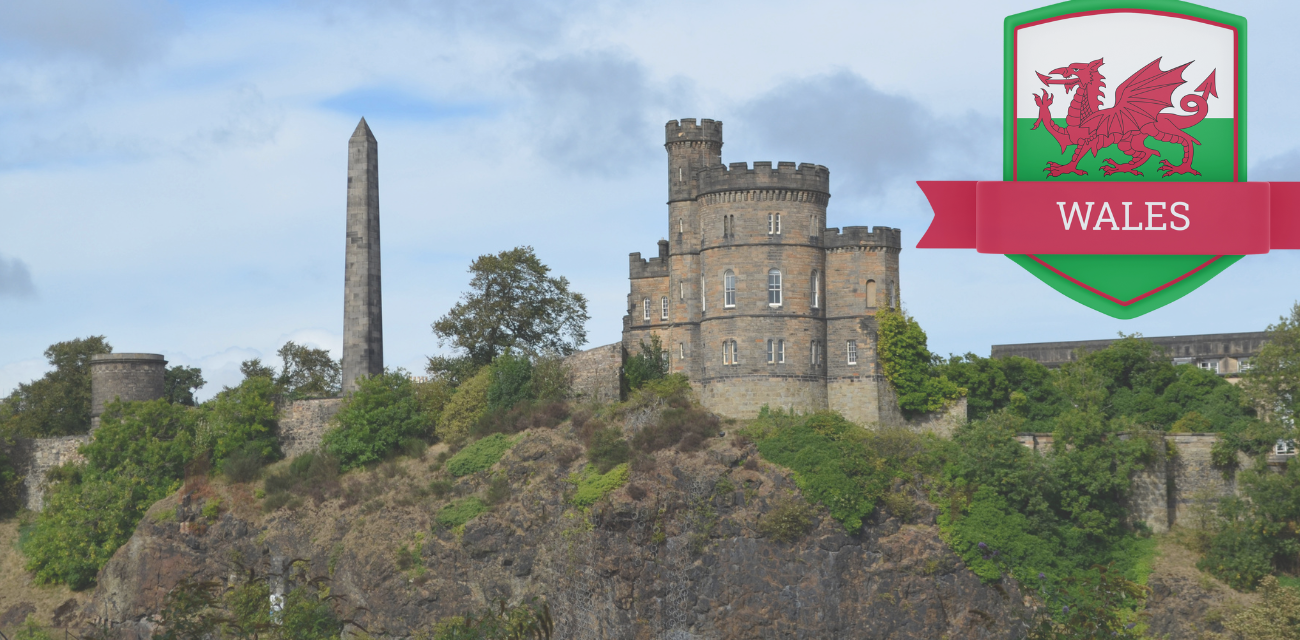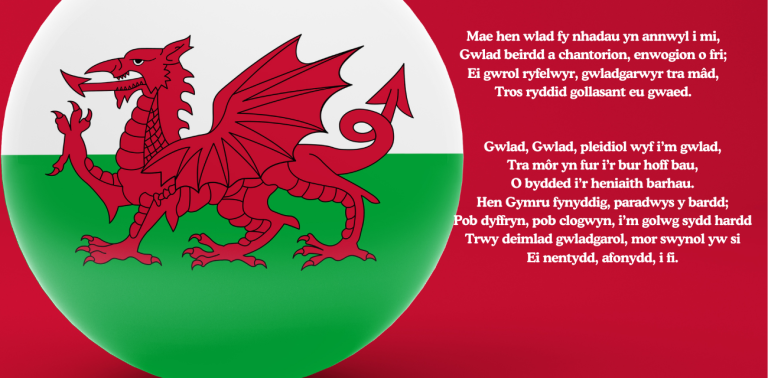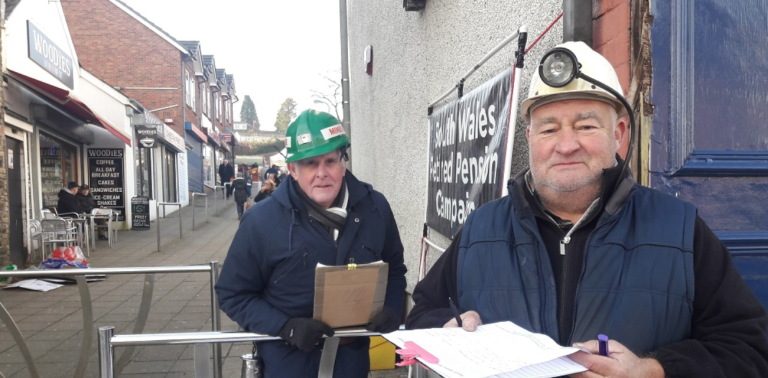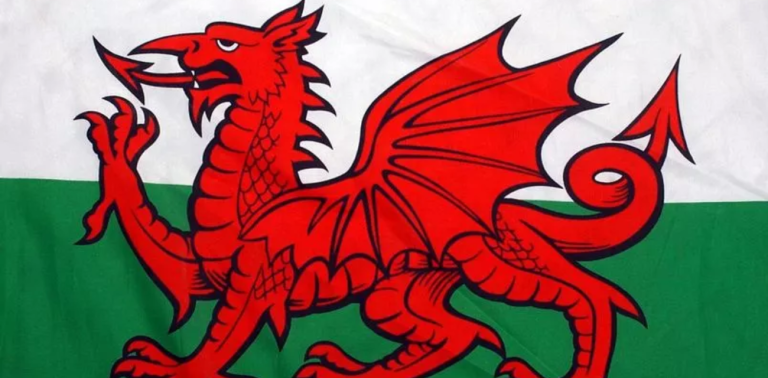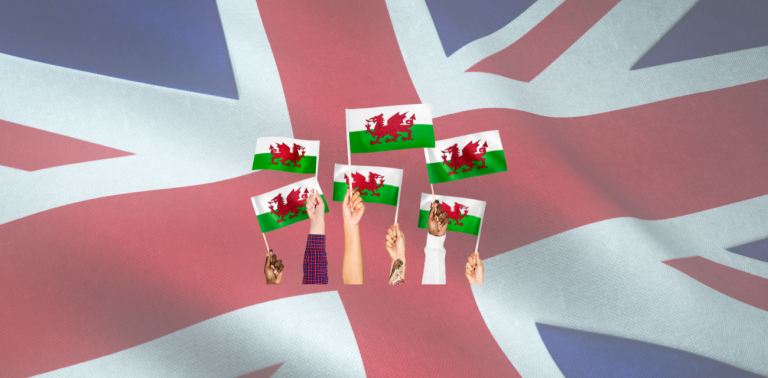Wales and Its Castles: Why Is There Such an Abundance?
Wales is a land rich in history, its landscape dotted with castles from Anglesey to the Severn Bridge. In fact, it is often said that during the medieval period, Wales had one castle for every 12 square miles, making it one of the most densely castellated regions on Earth.
At first glance, the reasons for this may seem clear. From the Norman invasion of the late 11th century to the rebellion led by Owain Glyndwr between 1400 and 1415, Wales experienced centuries of intermittent conflict with England. Yet, according to Professor Daniel Power, a medieval history expert from Swansea University, the explanation is more complex.
“Many other regions in the world have faced similar periods of warfare, but they don’t have the sheer number of castles that Wales does,” Prof. Power noted. “The difference lies in the fragmented nature of the conflicts in Wales. For over two centuries, Anglo-Norman marcher lords were constantly at odds with various Welsh principalities, who were also frequently at war with each other, as much as with the English.”
Take Caerphilly Castle, for example. This immense fortress, second only to Windsor in size, is renowned for its elaborate water defenses. It is a reflection of the chaotic power struggles of the time, not just between the Welsh and the English, but also among the Norman barons themselves. The 13th-century war between the Earl of Gloucester and the Earl of Hereford over lands in Brecon is one such instance, further illustrating that the situation was not a simple narrative of conqueror and conquered.
Wales’ rugged geography also played a crucial role in castle-building. Its mountains and valleys provided natural defenses, and many castles were strategically placed to be resupplied via rivers or the sea. Prof. Power pointed out that many Norman castles were constructed on the sites of former Welsh strongholds, some of which had been Roman or Iron Age forts. Cardiff Castle, for instance, was built within the walls of a Roman fort, highlighting how layers of history built upon each other.
While there’s no precise record of how many castles were constructed in Wales, estimates suggest that about 600 Anglo-Norman castles once existed. This number doesn’t account for older Roman forts or native Welsh fortifications like Dolwyddelan Castle near Ffestiniog.
Perhaps most famous are the castles from Edward I’s “ring of stone,” which include Beaumaris, Caernarfon, Conwy, Harlech, and Flint. These were key to consolidating his control after defeating Llywelyn ap Gruffudd in 1282.
Wales is home to over 600 castles, making it one of the most castle-dense countries in the world. Some of these fortresses have been inhabited for more than a thousand years, while others stand as picturesque ruins. Many of the castles were built by native Welsh royal dynasties, often strategically placed in stunning locations that highlight the natural beauty of the land. These castles not only served as military strongholds but also as symbols of Welsh heritage and power, woven deeply into the country’s rich history.
Many Faces of Castles in Wales: A Complex History of Power and Purpose
The definition of what constitutes a castle is far from simple. While many envision stone-built Norman fortresses, a broader perspective could include structures ranging from the 1st-century BC Silures hillfort at Llanmelin to the 19th-century “fairytale” Castell Coch near Cardiff. According to Professor Daniel Power, applying a strict definition to what makes a castle can be limiting.
“Castles have always been built for various purposes and have evolved over centuries,” he notes. For instance, while all castles were about exerting control, there is a notable difference between a place like Caerphilly Castle, which was designed to be a center of baronial power and commerce, and the royal castles in the north, which were built to secure the military dominance of the English Crown.
Prof. Power points out that castles also differ in their form and function. For example, Caerphilly Castle, Wales’ largest, spans 30 acres, while the single tower of Cwm Camlais near Brecon is considered one of the smallest, having been largely destroyed in 1265. The oldest of the medieval castles is Chepstow, which began construction just six months after the Norman invasion. On the other end of the timeline, Raglan Castle, built in the mid-15th century, was the last of the “proper” castles, initially intended as a fortified residence but later involved in the English Civil War.
Some castles stand out for their unique features. Beaumaris Castle, for example, is known for its almost perfect geometric design, an unusual feature since most castles are molded to the landscape. Though it was never completed, it is still regarded as one of Europe’s finest examples of late 13th- and early 14th-century military architecture. Another intriguing example is Carreg Cennen in Carmarthenshire, which incorporates a natural underground cavern, the exact purpose of which remains a mystery.
In the end, castles in Wales come in many forms, each reflecting a different time, purpose, and architectural style, making it difficult to pin down a single, rigid definition of what qualifies as a castle.
Why Were Some Castles Destroyed?
From the medieval era to the 17th century, castles were central to warfare. However, by the time of the English Civil War in the 1640s, their military importance had begun to wane. Castles like Harlech, Raglan, and Laugharne, which once withstood medieval weapons, became vulnerable to cannons and gunpowder.
After being captured by Parliamentary forces, orders were often given to render these fortifications unusable. According to Kate Roberts, head of historic environment at Cadw, the usual method was to fill the towers with barrels of gunpowder and blow them apart, leaving the castles defenseless. Many subsequently fell into ruin, with parts collapsing over time.
When Did Castles Become Visitor Attractions?
By the late 19th century, castles in Wales began attracting public interest as historical curiosities and tourist destinations. At Caernarfon Castle, Sir Llywelyn Turner, the constable at the time, used entrance fees (charged at 4p) to fund repairs, making the site safe for visitors. In the 1930s, Caerphilly Castle saw significant reconstruction under the 4th Marquis of Bute, who restored the inner gatehouse.
As the 20th century progressed, many Welsh castles were brought under state care, and extensive conservation work was carried out, often by the Ministry of Works. According to Kate Roberts of Cadw, this preservation effort was vital in ensuring the survival of these iconic fortresses, which might have otherwise been lost to time.
Timeline: Key Historical Events Shaping Welsh Castles
People Also Like:
Power of Hen Wlad Fy Nhadau: Reflections on a National Anthem
Geography of Wales
Long before the first stone of a castle was laid, Wales’ mountainous landscape and abundant water sources from rivers and seas made it an ideal location for building fortresses. As Professor Daniel Power noted, Norman castles were often constructed on the remains of earlier Welsh, Roman, or Iron Age forts due to their strategic locations, perfect for controlling the surrounding land.
The Ring of Stone
Wales is home to over 600 castles, many of which date back to the Norman era. Some of the most iconic are the castles built by Edward I, known as the “ring of stone” or “ring of iron.” These castles, including Beaumaris, Caernarfon, Conwy, Harlech, and Flint, were erected after Edward’s victory over Llywelyn ap Gruffudd in 1282 to secure English dominance.
Conflicts Among Norman Barons
The multitude of castles in Wales is not solely a result of English oppression. For over 200 years, Anglo-Norman lords frequently battled both Welsh principalities and each other. As Prof Power explained, this internal strife contributed to the proliferation of castles, with examples like the Earl of Gloucester’s campaign against the Earl of Hereford in Breconshire during the 13th century.
Owain Glyndŵr’s Uprising (1400–1415)
Welsh resistance played a significant role in the history of Welsh castles. Owain Glyndŵr’s revolt against England, which began in 1400, saw the capture of Conwy Castle in 1401 and Harlech Castle in 1404. However, the uprising dwindled by 1415, leaving behind a legacy of defiance but ultimately falling short of Welsh independence.
The Mid-15th Century
Raglan Castle, built in the mid-15th century, was one of the last traditional castles in Wales. Prof Power notes that while all castles served to exert control, their purposes evolved over time. Raglan was originally intended as a fortified residence but later played a role in the English Civil War.
The Last Military Castles (17th Century)
By the 17th century, castles began to lose their military relevance. Advances in warfare, particularly the invention of cannons and gunpowder, rendered stone fortifications vulnerable. Castles such as Harlech, Raglan, and Laugharne were taken during the English Civil War. Following their capture, Parliamentary forces often destroyed the towers with gunpowder, leaving them indefensible and in ruin.
End of the 19th Century
As military use for castles faded, they became popular tourist attractions. Castles like Caernarfon and Caerphilly underwent significant restorations, funded by entrance fees and private wealth. Cardiff Castle, held by the Bute family from 1776 to 1947, was transformed into the Gothic masterpiece seen today. By the 20th century, many castles were placed under state care, and extensive conservation efforts saved them from collapse, preserving these historical landmarks for future generations.
Is Wales the castle capital of Europe?
Yes, Wales is often regarded as the “castle capital of Europe” due to its exceptional density of castles. With around 600 castles built historically and more than 100 still standing today, either as ruins or restored buildings, Wales has one of the highest concentrations of castles in Europe. Its strategic landscapes, history of conflicts, and unique cultural significance have contributed to this rich legacy of fortifications.

